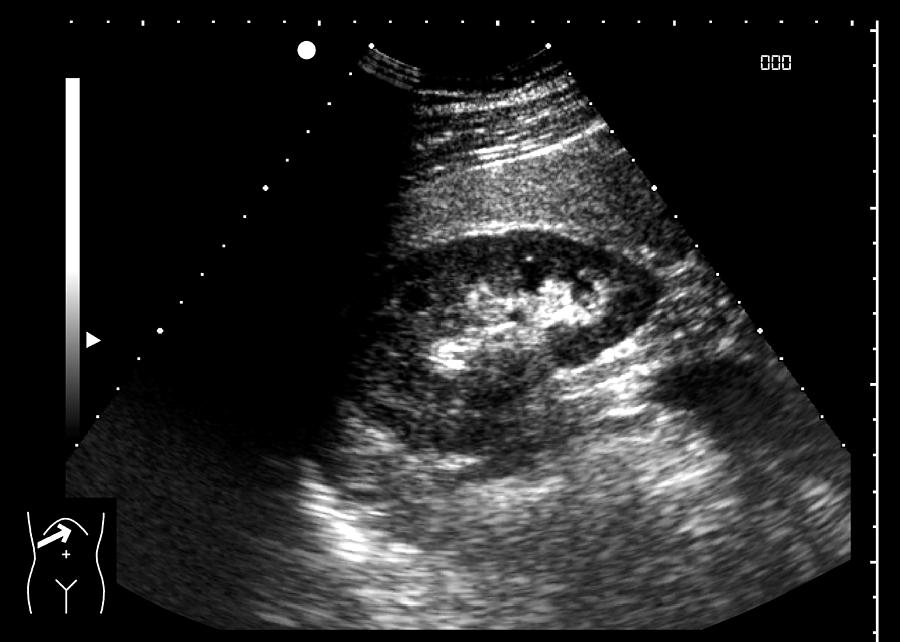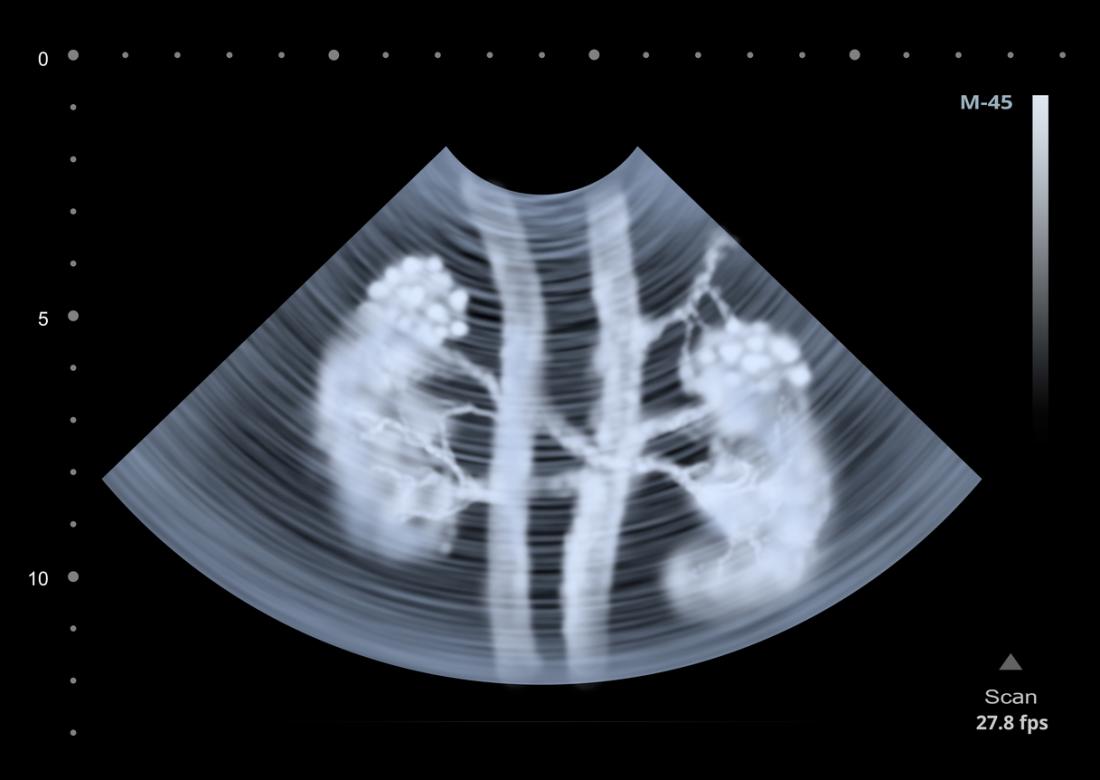
Ultrasound has been around for over sixty years and is considered safe since there are no known risks and it doesn’t use radiation. On the other hand, waves will bounce off a solid tumor or kidney stone, creating a pattern of echoes that the computer will interpret as a lighter-colored image. For example, most waves pass through a fluid-filled cyst and send back very few or faint echoes, which look black on the display screen. The shape and intensity of the echoes depend on how the area absorbs the sound waves.

Since the speed, direction, and distance sound waves travel differ depending on the boundary they run into, a computer can interpret this information as a two-dimensional image on a screen. Sound waves travel into the area being examined until they hit a boundary between tissues, such as between fluid and soft tissue, or soft tissue and bone. Ultrasound uses a small transducer (probe) to both transmit sound waves into the body and record the waves that echo back. Ultrasound imaging, also known as sonography, is often requested when investigating these bladder and kidney concerns, because it’s very good a looking at the soft tissues of the body, as well as evaluating blood flow and fluid retention. Kidney disease, on the other hand, affects one in 10 Canadians according to the Kidney Foundation of Canada. It’s estimated between 40 to 60 percent of women develop a urinary tract infection during their lifetime, and the likelihood of an infection increases as you age. While the severity of bladder and kidney conditions vary, many of them are very common. For both men and women, this exam can help detect fluid collection, kidney or urinary tract infection, cysts, tumors, kidney disease, obstructions like kidney stones, and more. These tests often include blood or urine tests, but medical imaging may also be recommended.Ī kidney and bladder ultrasound, or renal ultrasound, uses high frequency sound waves to visualize and assess your kidneys, ureters (small muscular tubes that join the kidneys with the bladder) and urinary bladder. Your doctor will likely order a number of tests to investigate the cause for these symptoms. Ask your cardiologist if you have any questions or concerns.For bladder and kidney symptoms, such as pain, more or less frequent urination, uncomfortable urination, etc., it’s important to speak with your health care practitioner.

#Renal sonogram skin


 0 kommentar(er)
0 kommentar(er)
